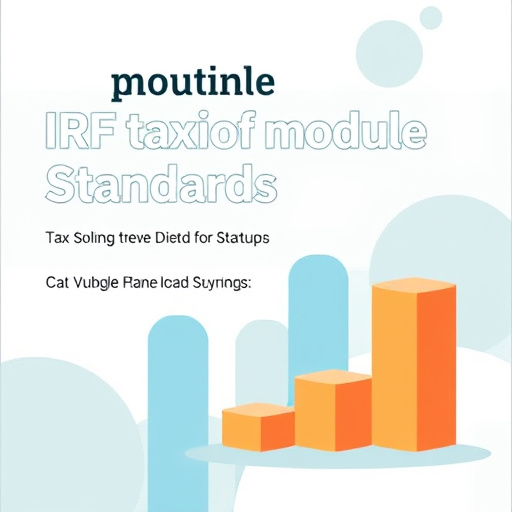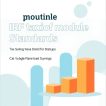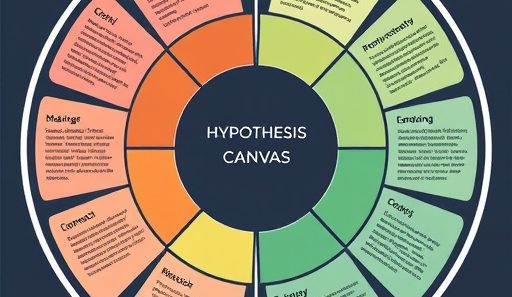For decades, the industrial sector has been driven by a relentless pursuit of efficiency. From Henry Ford’s assembly line to Toyota’s lean manufacturing, the goal has always been to do more with less time, less waste, less cost. Today, a new revolution is underway, one powered not by steam or electricity, but by intelligence. The catalyst? No, the Agentic AI.
Unlike traditional AI, which is largely reactive and task-specific. Let us think of a quality control vision that simply identifies defects, unlike, Agentic AI that consists of autonomous systems that can reason, plan, and execute complex sequences of actions to achieve a defined goal. These aren’t just tools; they are digital workers, project managers, and system architects operating 24/7.
In the intricate world where Information Technology (IT) meets industrial operations, the IT-Industrial complex shift is proving to be transformative. Let’s explore how.
What is the IT-Industrial Complex?
This term refers to the deeply integrated ecosystem where physical industrial assets (sensors, robots, HVAC, CNC machines) are connected to and managed by digital IT systems like ERP, SCADA, MES, Cloud platforms or anything else. It’s the backbone of smart factories, predictive maintenance, and the Industrial Internet of Things (IoT). The challenge here is scale and complexity: managing thousands of data points and processes in real-time to ensure peak performance.
Agentic AI in Action: Three use cases
Agentic AI moves beyond simple automation to handle dynamic, multi-step processes. Here’s how it’s changing the IT-Industrial landscape:
1. The Self-Optimizing Production Line
Traditional automation follows a fixed script. An Agentic AI system, however, treats the entire production line as a dynamic puzzle.
- The AI agent continuously ingests data from sensors, order management systems (ERP), and quality control points. Its goal is to Maximize Overall Equipment Effectiveness (OEE).
- Agentic Behavior: It doesn’t just sound an alarm when a machine shows signs of wear. It can:
- Reason: Predict a potential failure within 48 hours.
- Plan: Check the production schedule for a low-priority window.
- Execute: Order the necessary spare part from the vendor portal, schedule a maintenance bot or human team for the specific time, and temporarily re-route production tasks to other machines to minimize downtime.
- Learn: Refine its predictive models based on the outcome of the maintenance.
2. Proactive & Predictive Supply Chain Orchestration
Global supply chains are notoriously fragile. Agentic AI acts as a hyper-vigilant, global logistics manager.
- The AI agent’s goal is to ensure uninterrupted material flow at the lowest possible cost and carbon footprint.
- Agentic Behavior: Upon receiving a weather alert about a typhoon approaching a key shipping port, the agent doesn’t just flag the risk. It can:
- Reason: Models the impact on delivery timelines for critical components.
- Plan: Identifies alternative shipping routes and available warehouse space inland.
- Execute: Automatically books new freight, updates the delivery timelines in the ERP system, and notifies the production planning AI agent to adjust the build schedule accordingly without human intervention.
3. Autonomous IT Operations (AIOps) for Industrial Networks
The factory floor network is a critical utility. Agentic AI is the ultimate system administrator for this industrial IT backbone.
- The AI agent’s goal is to Maintain 99.99% network uptime and security.
- Agentic Behavior: If a security sensor detects an unauthorized device on the operational technology (OT) network, the agent doesn’t just create a ticket. It can:
- Reason: Analyzes the device’s behavior to assess the threat level.
- Plan: Decides on the least disruptive containment action.
- Execute: Automatically quarantines the device in a virtual segment, patches the vulnerability it exploited, and generates a forensic report for the security team, detailing the incident and the action taken.
The tangible benefits: Beyond automation
The benefits of Agentic AI extend far beyond simple automation, delivering a fundamental shift in operational capability. By seamlessly closing the loop between data, decision, and action, these systems eliminate bureaucratic and human latency, unlocking unprecedented levels of efficiency and driving Overall Equipment Effectiveness to new heights. Furthermore, they instill a powerful “self-healing” capability across both physical and digital infrastructures, building resilience at scale and making operations robust against an increasingly volatile world. Ultimately, this transformation redefines the role of human capital; instead of being bogged down by routine monitoring and firefighting, engineers, data scientists, and operators are liberated to focus on higher-order tasks where human creativity truly excels—such as innovation, strategic planning, and managing complex exceptions.
The Path Forward
The critical question, whether this is ultimately good or bad, defies a simple binary answer. The impact is profoundly dialectical, presenting both a compelling promise and a formidable peril.
On one hand, this shift can be viewed as a necessary evolution and a liberation. By offloading repetitive, data-intensive, and predictive tasks to AI, we free the human workforce to focus on the very qualities that define our humanity: creativity, strategic innovation, ethical oversight, and complex problem-solving. The relationship becomes symbiotic. The AI handles the relentless “what” and “how” of operations, while humans ascend to the “why.” They can focus on designing next-generation products, cultivating stakeholder relationships, managing the cultural aspects of an organization, and providing the crucial ethical framework within which these powerful AI systems must operate. In this optimistic scenario, the “replacement” of tasks leads to the “elevation” of roles, creating a more engaging and intellectually stimulating work environment.
The integration of Agentic AI into the IT-Industrial complex is not merely an upgrade; it is a fundamental restructuring of the workplace. The conclusion is inescapable: these systems are designed to assume roles once filled by human intellect and oversight. From supply chain analysts and production schedulers to network administrators and quality assurance inspectors, a significant portion of the cognitive and coordination-based workload will be absorbed by autonomous agents. This will undoubtedly lead to a dramatic consolidation of “employee power and resources,” translating into the ultimate corporate metric: minimized operational cost.
Conclusion
Conversely, the peril of displacement and devaluation is real and cannot be ignored. The transition may not be smooth for all mid-career professionals whose expertise is rooted in these now-automated processes may find their skills obsolete, leading to economic hardship and social friction. There is a tangible risk of creating a two-tiered workforce: a small, elite class of architects and overseers of AI systems, and a larger pool facing diminished opportunities and bargaining power. Furthermore, an over-reliance on these opaque “black box” systems could lead to a de-skilling of the human workforce, where the intuitive understanding and tacit knowledge honed by experience are gradually eroded.
Therefore, the goodness or badness of this outcome will not be determined by the technology itself, but by our response to it. The minimization of cost is a corporate victory, but the measure of societal progress is far broader.
To ensure this transition is a net positive, a concerted effort is required. Businesses must invest not only in technology but also in robust reskilling and upskilling initiatives, transforming operators into overseers and analysts into architects. Policymakers must consider new social contracts, such as lifelong learning models and adaptive safety nets, that can manage the displacement and ensure the vast economic benefits generated by AI are distributed equitably.
In the end, Agentic AI presents us with a mirror. It reflects our priorities. If we pursue cost minimization as an end in itself, we risk creating an efficient yet brittle and deeply unequal economic landscape. However, if we harness this efficiency to foster human potential, we can unlock a new era of productivity where machines manage the routine, and humanity is empowered to reach for the exceptional. The power of Agentic AI is a given; the wisdom to wield it for the collective good is our defining challenge.









